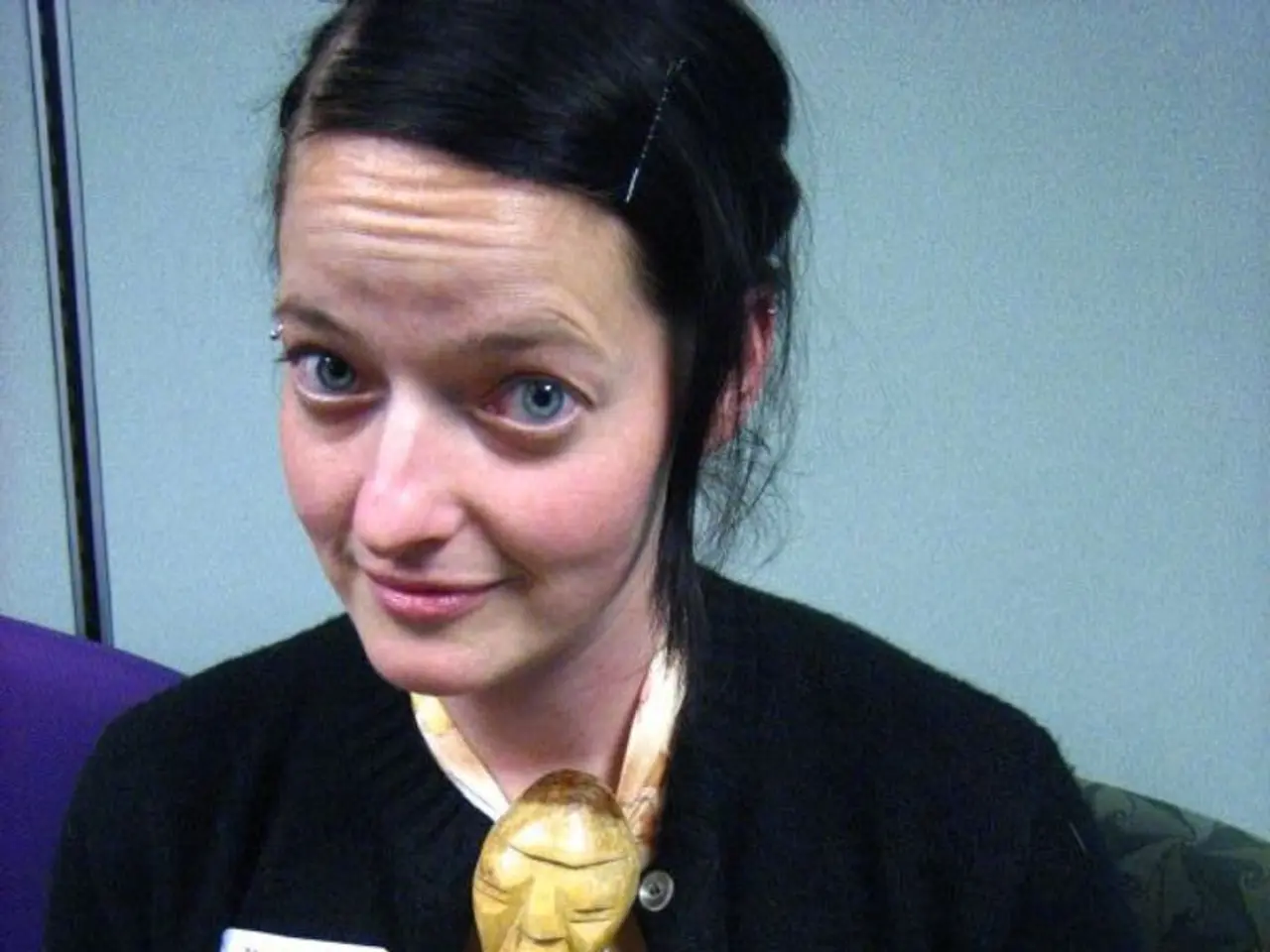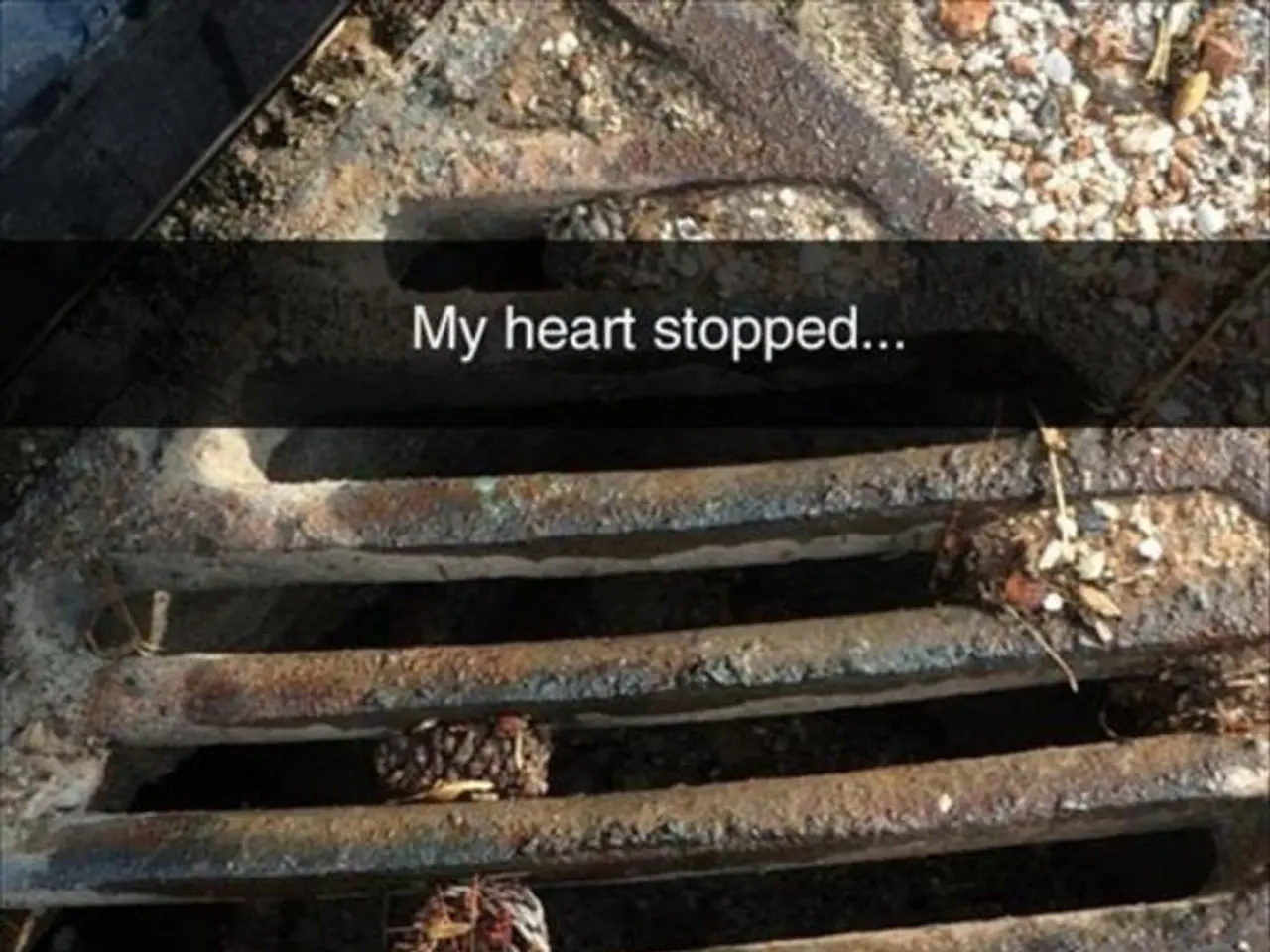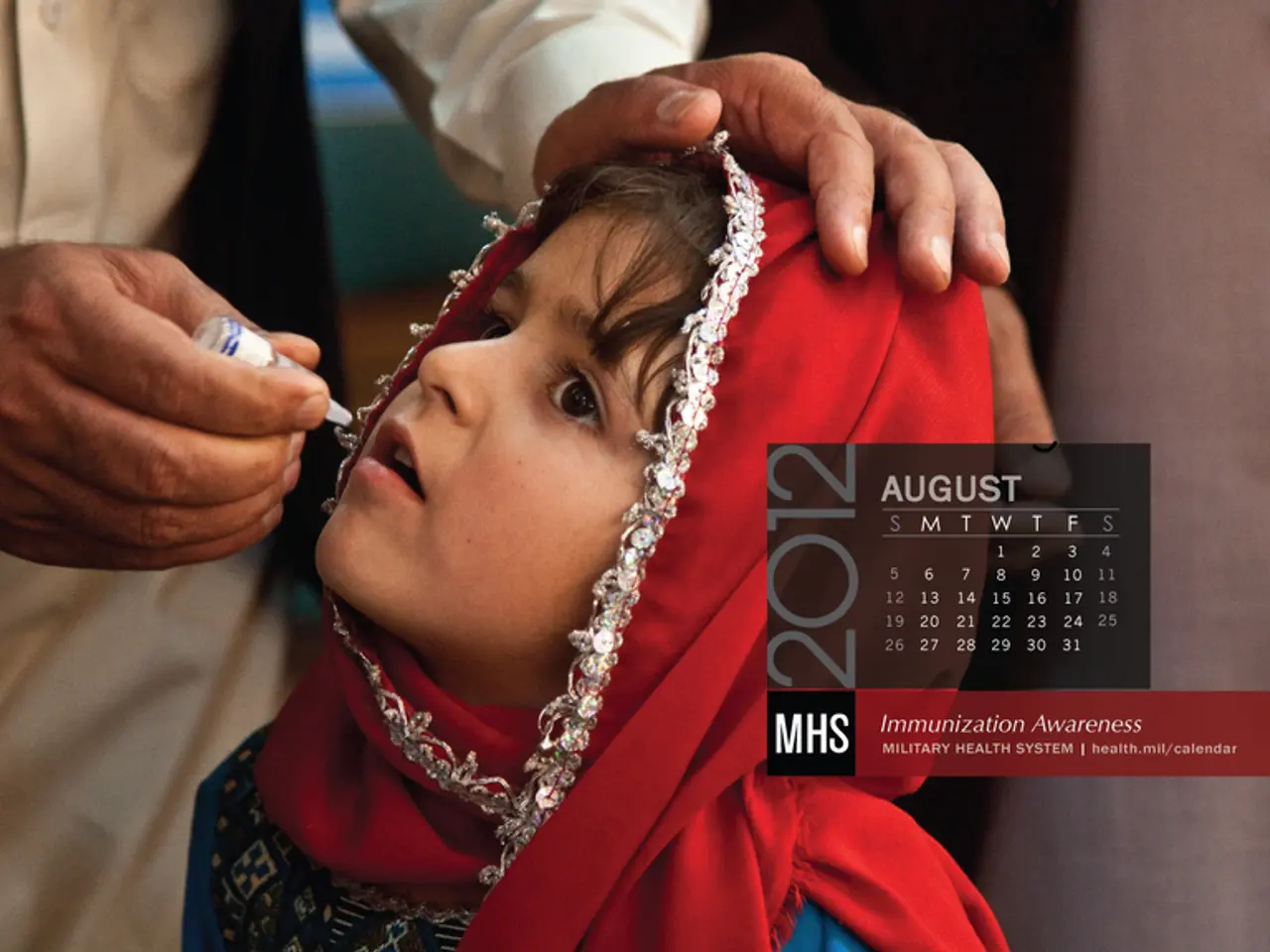Recognizing Potential Signs of Bipolar Disorder: Examine these 4 Symptoms Closely
Bipolar disorder is a complex mental health condition characterised by alternating episodes of mania or hypomania and depression. This condition, which affects millions worldwide, can manifest differently in adults and children, making early recognition and diagnosis crucial.
In adults, manic episodes typically last more than a week and are characterised by an elevated, expansive, or irritable mood, increased energy and activity, decreased need for sleep, racing thoughts, rapid speech, grandiosity or inflated self-esteem, risky behaviours, and sometimes psychotic symptoms like hallucinations or delusions. Hypomanic episodes, while less severe, last at least four days and share similar symptoms but do not cause significant impairment in functioning. Depressive episodes involve persistent sadness, emptiness, or irritability, loss of interest or pleasure in activities, changes in appetite or weight, insomnia or hypersomnia, psychomotor agitation or retardation, fatigue or loss of energy, feelings of worthlessness or guilt, difficulty concentrating, and thoughts of death or suicide.
In children and teens, bipolar disorder can be more challenging to diagnose due to the presence of more irritability than classic euphoria during manic or hypomanic episodes. Depressive symptoms in children often present as frequent crying, intense sensitivity to criticism, negative self-talk, social withdrawal, loss of interest in hobbies, appetite and sleep changes, difficulty concentrating, and worsening school performance. Symptoms can sometimes be confused with ADHD or other mood disorders, necessitating careful assessment.
Recognising bipolar disorder early in children and teens is critical because it often appears differently than in adults and requires tailored approaches for diagnosis and treatment. A healthcare professional should conduct a complete medical interview and physical exam to rule out a physical cause for the behaviours before making a diagnosis.
If you or someone you know is in crisis and considering suicide or self-harm, help is available through various hotlines and text services in the United States and worldwide. It is always a good idea to consult a doctor when there are frequent changes in mood that make it difficult to work or complete daily tasks.
Once a person receives a correct diagnosis and appropriate treatment, medication can help manage the symptoms of bipolar disorder, and related conditions usually improve as well. Remember, bipolar disorder is not a personal weakness, but a treatable medical condition that affects the brain.
References: [1] National Institute of Mental Health. (2021). Bipolar Disorder. Retrieved from https://www.nimh.nih.gov/health/topics/bipolar-disorder/index.shtml [2] American Psychiatric Association. (2013). Diagnostic and Statistical Manual of Mental Disorders (5th ed.). Arlington, VA: American Psychiatric Publishing. [3] National Alliance on Mental Illness. (2021). Bipolar Disorder. Retrieved from https://www.nami.org/About-Mental-Illness/Mental-Health-Conditions/Bipolar-Disorder [4] Child Mind Institute. (2021). Bipolar Disorder in Children and Adolescents. Retrieved from https://childmind.org/article/bipolar-disorder-in-children-and-adolescents/ [5] National Institute of Mental Health. (2021). Bipolar Disorder in Children and Adolescents. Retrieved from https://www.nimh.nih.gov/health/topics/bipolar-disorder-in-children-and-adolescents/index.shtml
In the health-and-wellness sphere, recognizing bipolar disorder early in children and teens is vital, given its distinctive manifestations compared to adults. Science, specifically mental health research, consistently highlights the importance of timely diagnosis, as this often necessitates tailored approaches for children's diagnosis and treatment.




